Your Kitchen Cabinet First-Aid Kit: Home Remedies That Actually Work
We’ve all been there. You get advice from a well-meaning neighbor, see something on a blog, or catch a late-night ad promising a miracle fix for what ails you. Honestly, it makes sense—we all want simple, natural solutions for everyday problems. But let’s be real, the amount of bad information out there is staggering. Some so-called “cures” are useless, and a few can even be risky.
In this article
But some of them? They’re pure gold. Over the years, I’ve learned to spot the difference between myth and genuinely useful remedies. It’s all about understanding why something works and, just as importantly, when it’s time to stop playing doctor and call a real one. Think of this as a collection of those tried-and-true tips, the stuff that science actually backs up.
1. Honey for Coughs: Nature’s Soother
During cold and flu season, the one thing that drives everyone crazy is a nagging cough, especially one that keeps the whole family awake. Before you grab an over-the-counter syrup, try a spoonful of honey. It’s not just an old wives’ tale; even mainstream health organizations suggest it for nighttime coughs in kids over one year old.
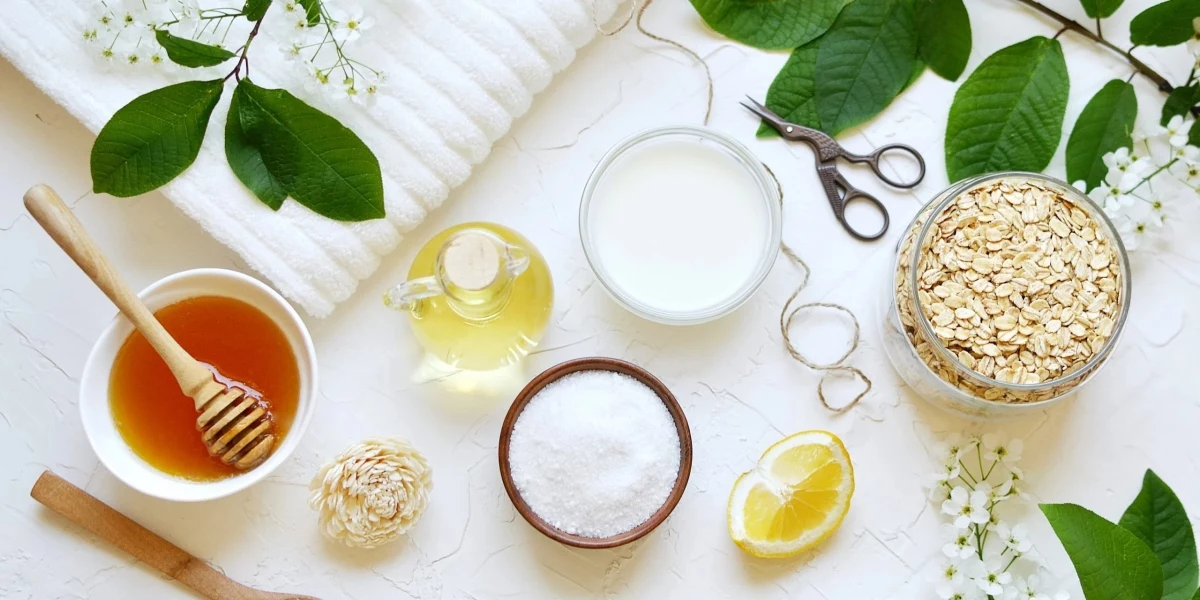
I remember one young mom who was at her wit’s end. Her toddler’s cough meant nobody was sleeping. She was skeptical about something so simple but came back a week later just beaming, telling me it was the first full night’s sleep they’d had in days.
So, how does it work?
Honey is a demulcent, which is a fancy way of saying it’s a thick, sticky substance that coats the irritated tissues in your throat. This little protective film calms down the nerve endings that are firing off your cough reflex. Plus, its high sugar content can help pull water out of swollen throat tissues, which eases inflammation. Some darker, raw honeys (like buckwheat) also have some mild antibacterial perks.
The Right Way to Use It
For a cough, pretty much any dark, raw honey will do the trick. You can find a good jar at most grocery stores for $10-$15. A common mistake is stirring it into hot tea. While comforting, that just dilutes it. For the best effect, you want the honey to be thick when it hits your throat. Give half to one full teaspoon straight, about 30 minutes before bed. Let it trickle down slowly instead of swallowing it all at once. One dose can often provide a few hours of relief—long enough to fall asleep.
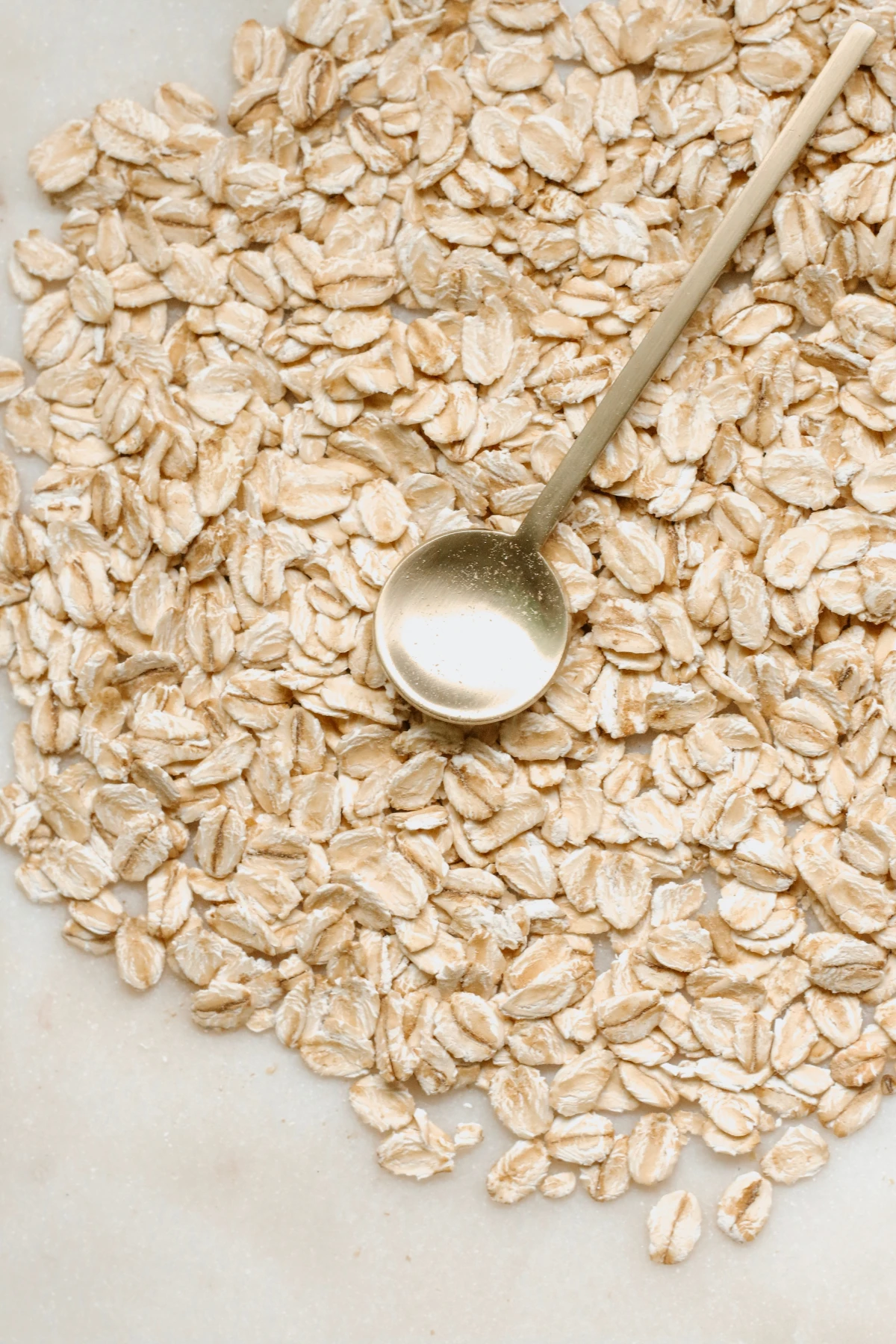
Heads Up! CRITICAL Safety Warning
This part is non-negotiable: NEVER give honey to a baby under 12 months old. Raw honey can contain spores that cause infant botulism, a rare but very serious illness. An older child or adult’s digestive system can handle it just fine, but a baby’s can’t. It’s one of the most important safety rules in the book.
When to Call a Pro
This is for a simple cough from a cold. If a cough hangs on for more than two weeks, or comes with a high fever (over 101.5°F), wheezing, shortness of breath, or discolored mucus, it’s time for a proper medical evaluation.
2. Saline Nasal Rinses: Clear Things Out
Nasal congestion is miserable, full stop. Whether it’s from a cold or allergies, it makes it hard to breathe, sleep, or even taste your food. Instead of medicated decongestant sprays (which can cause a nasty rebound effect), a simple saline rinse is a fantastic first step. It’s a mechanical wash, not a chemical one, and it works wonders.
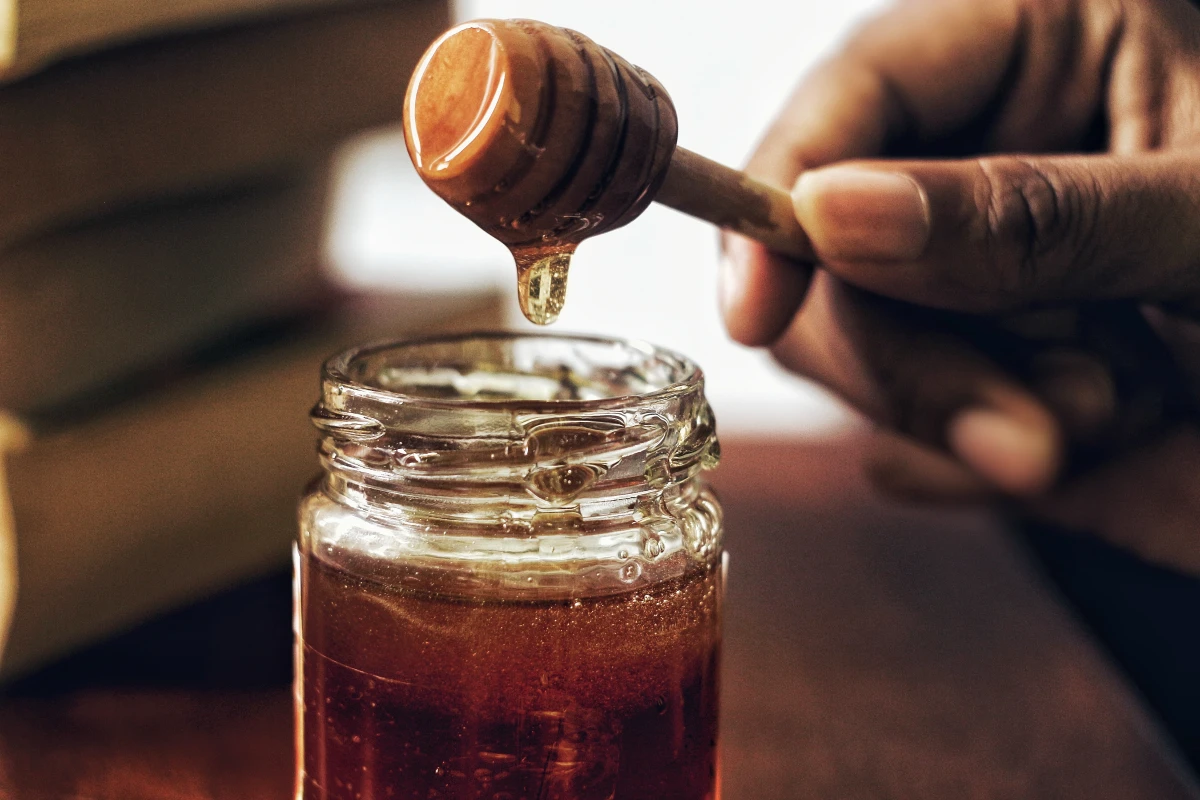
How It Works
Think of it as a gentle pressure wash for your sinuses. The saltwater thins out thick mucus so you can get rid of it, and it also washes away irritants like pollen and dust that are causing the inflammation in the first place. You can buy pre-made kits at any pharmacy for about $15-$25, or you can easily make your own.
How to Do It Without Feeling Like You’re Drowning
Okay, it feels super weird the first time, not gonna lie. But the relief is so worth it. The key is to BREATHE THROUGH YOUR MOUTH. If you try to breathe through your nose, you’ll feel like you’re underwater. Here’s a quick guide:
- Get the water right. This is a huge safety deal: ALWAYS use distilled, sterile, or previously boiled (and cooled) water. Never use water straight from the tap, as it can contain microorganisms that are dangerous in your sinuses. Mix 2 cups of your safe water with 1 teaspoon of non-iodized salt and a pinch of baking soda (this makes it less irritating).
- Pick your tool. You’ll see two main options: a neti pot (which looks like a tiny teapot) or a squeeze bottle. The neti pot uses gentle gravity, which is great but can have a learning curve. The squeeze bottle is easier to control, but you have to be careful not to squirt too hard.
- Rinse! Lean over a sink, tilt your head sideways (ear toward the sink), and breathe through your open mouth. Gently pour or squeeze the solution into your top nostril. It will flow through your nasal passages and out the other nostril. Use about half the solution, then gently blow your nose and switch sides.
When to Call a Pro
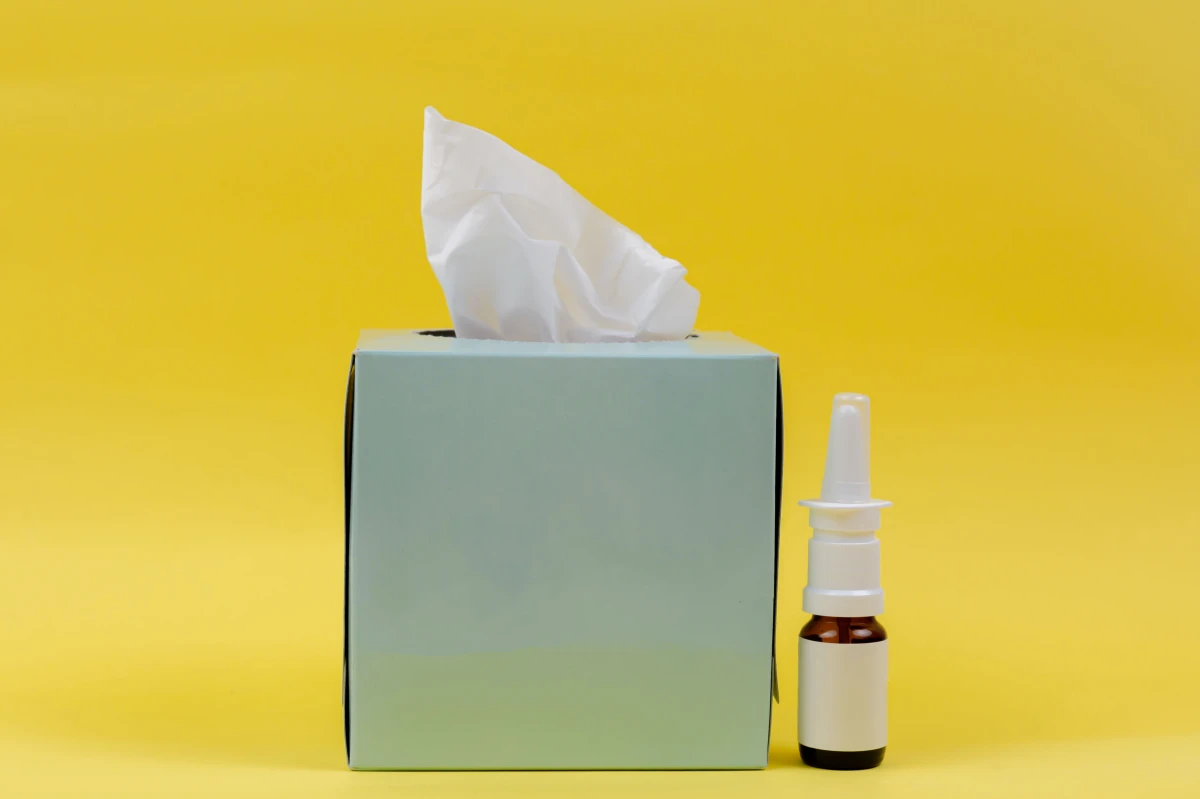
A saline rinse is for managing symptoms. If you have severe facial pain, a fever, tooth pain, or thick green discharge for more than a week, you might have a bacterial infection that needs a doctor’s attention.
3. Oatmeal Baths for Itchy Skin
For anything from eczema to a mild sunburn, an oatmeal bath is one of the most soothing things you can do for your skin. But you can’t just dump your breakfast cereal in the tub. The magic is in colloidal oatmeal, which is just oats ground into a super-fine, silky powder that dissolves in water.
How It Works
Oatmeal contains special compounds that are fantastic anti-inflammatories, which is why they work so well to reduce redness and itchiness. It also creates a gel-like barrier on your skin that locks in moisture and protects it from irritants—a total game-changer for conditions like eczema where the skin barrier is damaged.
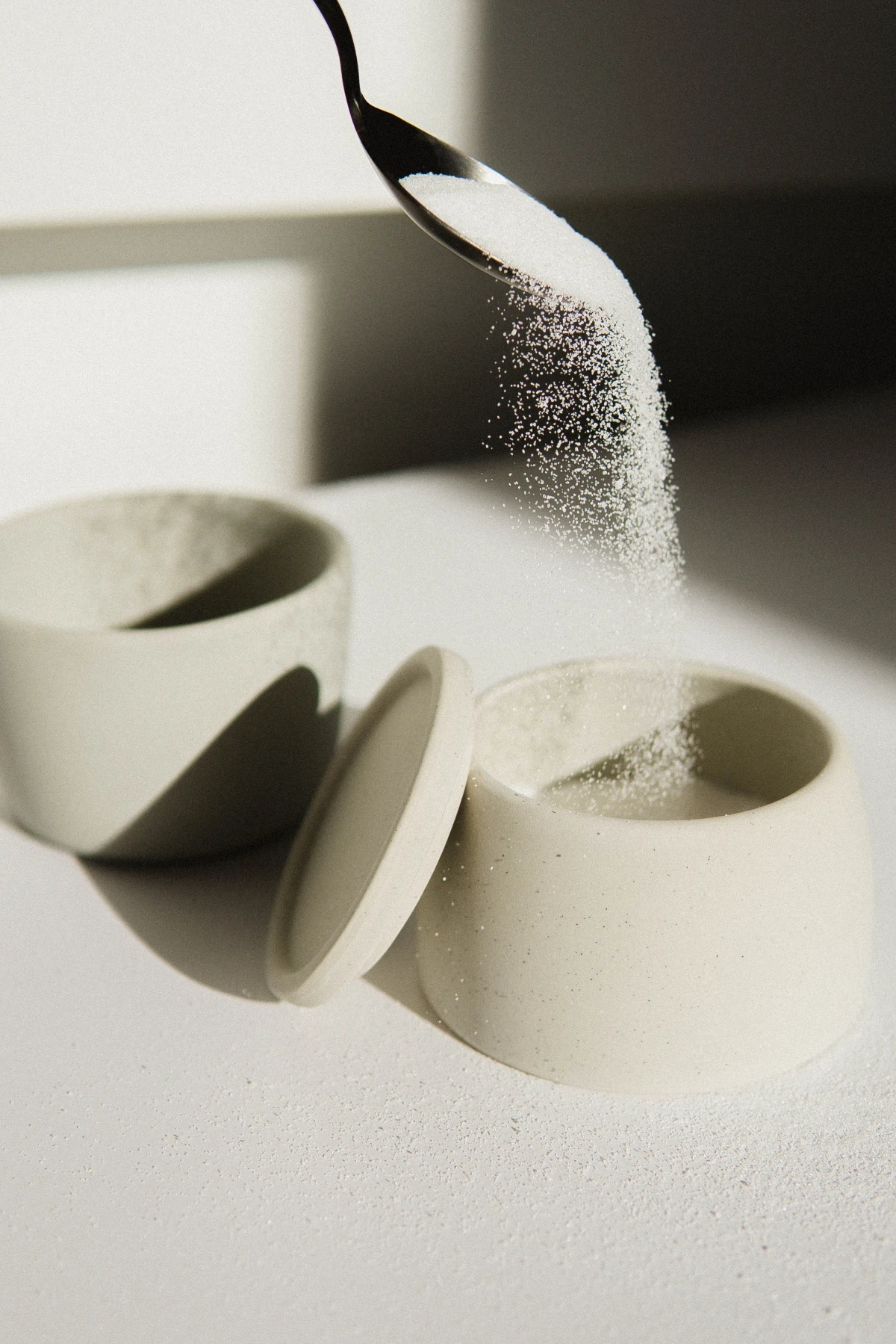
The Best Way to Do It (and a No-Mess Hack!)
You can buy a box of colloidal oatmeal bath packets for around $10, or you can save a few bucks and make your own by blitzing plain, uncooked rolled oats in a blender until they’re a fine powder. To use, stir about one cup of the powder into a tub of LUKEWARM water (hot water will only make dry, itchy skin worse). Soak for 15-20 minutes, then gently pat dry. Don’t rub! Apply a thick, boring (aka fragrance-free) moisturizer immediately to your damp skin to lock everything in.
Quick Tip: To get all the benefits without the gunky cleanup, spoon the oatmeal powder into an old, clean nylon stocking or a muslin bag. Tie it off, toss it in the tub, and squeeze it occasionally to release the milky goodness. No clogged drain!
When to Call a Pro
This is for mild, generalized itchiness. If a rash is spreading fast, has open sores, looks infected (pus, red streaks), or you have a fever, get it checked out right away.
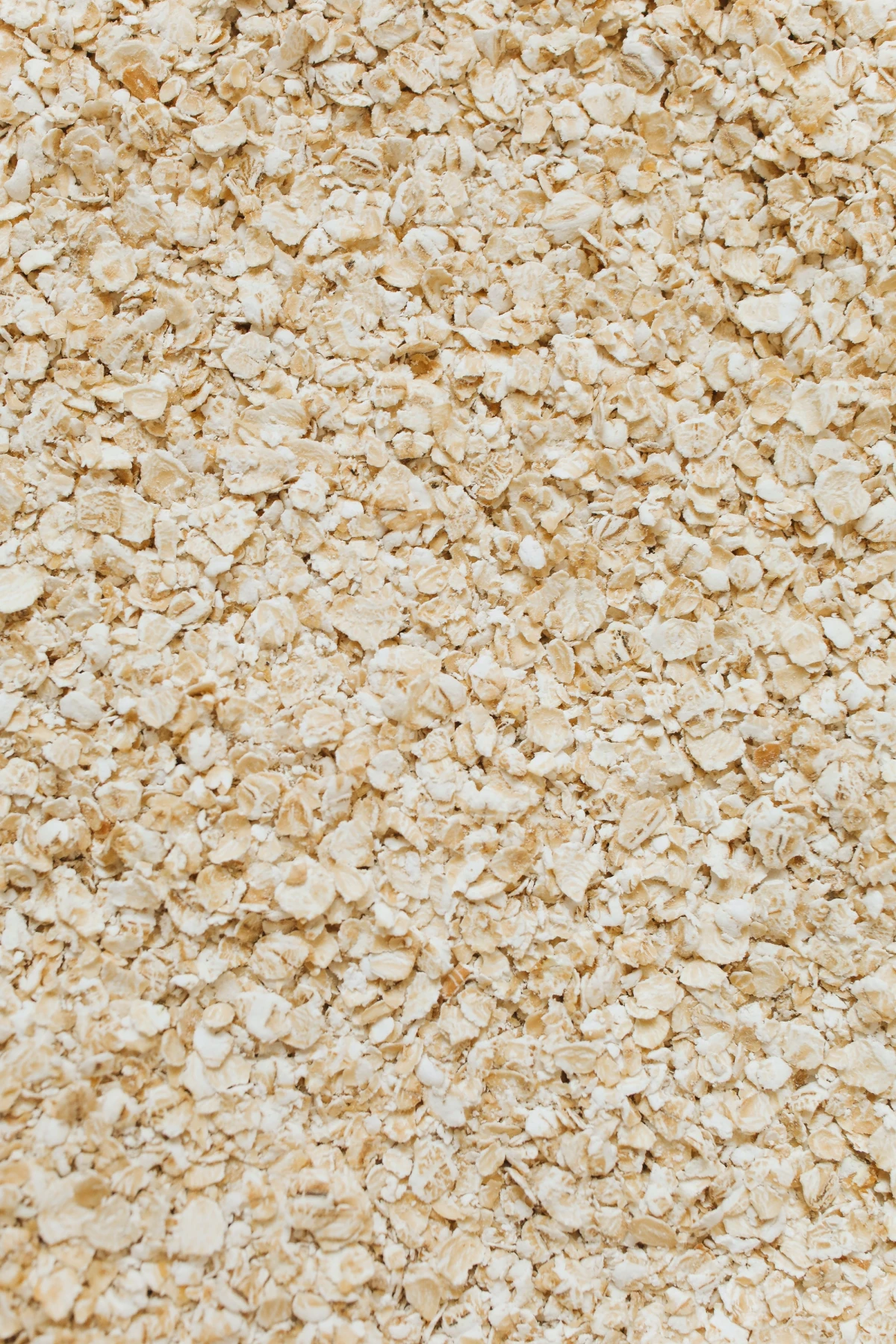
4. Prunes for Constipation
Before reaching for a harsh laxative, one of the best food-based tools for constipation is the humble prune. They have a powerful one-two punch: they’re packed with insoluble fiber to add bulk and get things moving, and they also contain sorbitol, a natural sugar alcohol that draws water into the gut, which softens everything up.
How to Use Them
The golden rule is to start slow, or you might end up with a lot of gas and bloating. Begin with just two or three prunes a day with a big glass of water. A typical dose that gets things working is about 5-6 prunes. You should expect to see results within about 12 to 24 hours.
By the way, if you can’t stand prunes, no problem. Eating two kiwi fruits or a handful of dried figs can have a very similar effect!
A Note for IBS Sufferers

Just a heads up: The sorbitol in prunes can be a trigger for people with Irritable Bowel Syndrome (IBS). If that’s you, it’s probably best to skip this one or talk to your doctor first.
When to Call a Pro
If constipation is a chronic issue, or it’s paired with severe pain, unexplained weight loss, or blood in your stool, you need a full medical workup to rule out anything more serious.
5. Aloe Vera Gel for Minor Burns
We’ve all had that minor kitchen burn or a bit too much sun. Keeping an aloe vera plant in the house is a fantastic idea for exactly this reason. The gel inside is mostly water, which is why it’s so cooling, but it also contains compounds that help reduce pain and inflammation and support healing.
The Right Way to Use It
For a minor burn (red, not blistered), the very first thing you should do is run it under cool—not icy—water for a solid 10-15 minutes. This pulls the heat out of the skin. After that, you can apply the aloe. If you have a plant (which you can get for $10-$20 at a nursery), just snap off a leaf and scoop out the clear gel. If you’re buying it, look for a gel that lists aloe as the #1 ingredient and doesn’t have a bunch of added alcohol or fragrance. A good bottle is usually under $10.
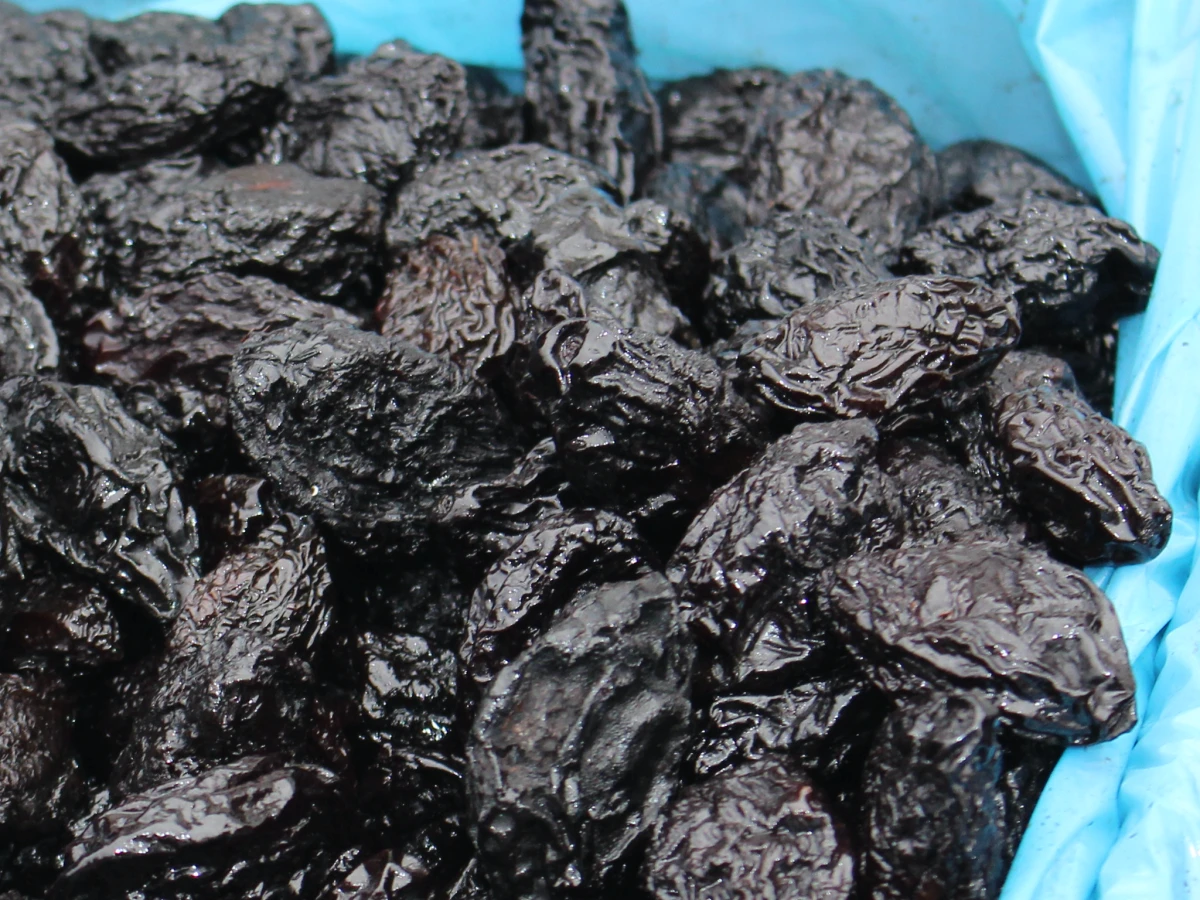
Important: Aloe is only for minor, superficial burns. Never, ever put it on an open wound, a deep cut, or a severe burn that’s blistering. That’s a job for a medical professional.
6. Sugar for Hiccups
Okay, this one sounds like pure folklore, but there’s a real reason it works. Hiccups are just spasms of your diaphragm. The theory is that a spoonful of coarse, dry sugar on your tongue creates a sensory overload that essentially hits the ‘reset’ button on the nerve that controls those spasms. It’s a simple neurological trick.
How to Do It
It has to be done a specific way. Take one teaspoon of regular granulated sugar and place it on the back of your tongue. Just let it sit there for about 15 seconds before swallowing. The gritty texture and intense sweetness are what do the trick. For most people, the hiccups stop almost instantly.

When to Call a Pro
A normal bout of hiccups is harmless. But if they last for more than 48 hours, see a doctor. It’s rare, but persistent hiccups can be a sign of an underlying issue.
7. Melatonin for Resetting Your Body Clock
Melatonin is probably one of the most misunderstood supplements out there. It’s NOT a sleeping pill or a sedative. Think of it as a ‘darkness signal’ or a ‘time-shifter’ for your brain. Your body produces it naturally to regulate your sleep-wake cycle, and a supplement can help nudge that cycle back into place.
How It Works (and How Most People Get It Wrong)
This is where almost everyone messes up. More is not better. I see people taking huge 10mg doses, which can cause headaches and grogginess and actually disrupt your sleep cycle even more. For simply resetting your internal clock (like for jet lag or shift work), studies show that doses as low as 0.5mg to 1mg are effective. Start with the lowest dose you can find and take it about 30-60 minutes before you want to be asleep.
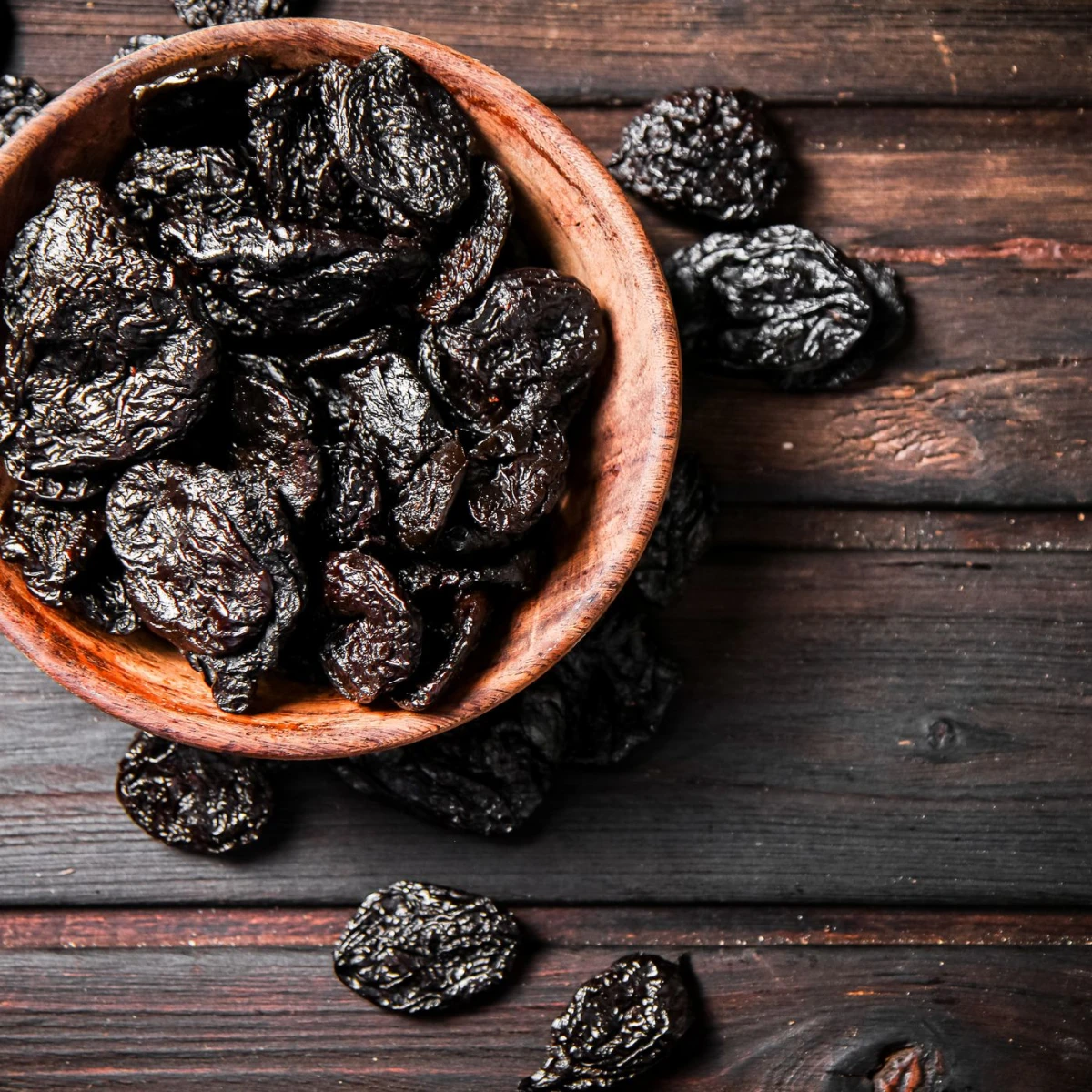
A Quick Word on Quality
In the U.S., melatonin is a dietary supplement, which means it isn’t tightly regulated for purity or dosage. Research has found that what’s in the bottle often doesn’t match the label. Because of this, it’s a good idea to look for brands that have been third-party tested. You can check the bottle for a seal from USP or NSF—many well-known brands you see in pharmacies carry these seals.
When to Call a Pro
Melatonin is for rhythm problems, not a cure for chronic insomnia. If you have consistent trouble falling or staying asleep, you need a real evaluation. It could be caused by anything from sleep apnea to anxiety, and just masking the problem isn’t a good long-term plan.
Inspirational Gallery
The Soothing Power of Oatmeal: It’s not just for breakfast. A finely ground oatmeal bath can be a lifesaver for irritated, itchy skin, whether from a bug bite, poison ivy, or a mild eczema flare-up. The avenanthramides in oats are natural anti-inflammatories that calm redness and irritation. Just grind about a cup of plain, uncooked rolled oats (Quaker works perfectly) into a fine powder, and stir it into a tub of lukewarm water for a milky, skin-soothing soak.
A study from the American Academy of Family Physicians found that gargling with salt water can significantly reduce the duration of common cold symptoms like a sore throat and nasal congestion.
It’s a classic for a reason. The salt creates an osmotic effect, drawing excess fluid and irritants out of your inflamed throat tissues. This not only eases pain but also helps to flush out viruses and bacteria. The key is getting the concentration right and doing it consistently.
That queasy, unsettled feeling in your stomach?
Before reaching for a pill, try fresh ginger. The magic lies in compounds called gingerols and shogaols, which are believed to relax the stomach muscles and speed up the movement of food out of the stomach, relieving nausea. For a quick fix, steep a few thin slices of fresh ginger in hot water for 5-10 minutes. A little lemon or a drop of honey can balance the spicy flavor.
- Reduces inflammation and swelling in soft tissue injuries.
- Numbs the area, providing immediate pain relief.
- Constricts blood vessels, which helps minimize bruising.
The secret? A simple cold compress. For sprains or bumps, wrap a bag of frozen peas in a thin towel and apply it to the area for 15 minutes at a time. It’s more effective than a wet cloth because it stays colder for longer, providing sustained relief.
Apple Cider Vinegar: Choose the raw, unfiltered kind that contains the
When setting up your kitchen remedy kit, don’t forget the power of steam. Inhaling steam is one of the most effective ways to soothe irritated sinuses and loosen congestion. You don’t need a fancy vaporizer. Simply pour boiling water into a large bowl, drape a towel over your head to create a tent, and breathe in the warm, moist air for 5-10 minutes. Adding a few drops of eucalyptus oil can enhance the effect, but pure steam works wonders on its own.
Important: Know Your Limits. While these kitchen remedies are fantastic for minor, everyday issues, they are not a substitute for professional medical advice. If a fever is high or lasts more than two days, if symptoms worsen significantly, or if you’re dealing with a serious injury, it’s time to put the honey down and call your doctor. Self-care is also about knowing when to ask for help.
To get the full benefit of garlic’s main active compound, allicin, you should crush or chop it and let it sit for 10 minutes before cooking.
Turmeric’s golden glow comes from curcumin, a powerful anti-inflammatory compound. While it’s great in curries, for a more targeted dose, many people turn to










